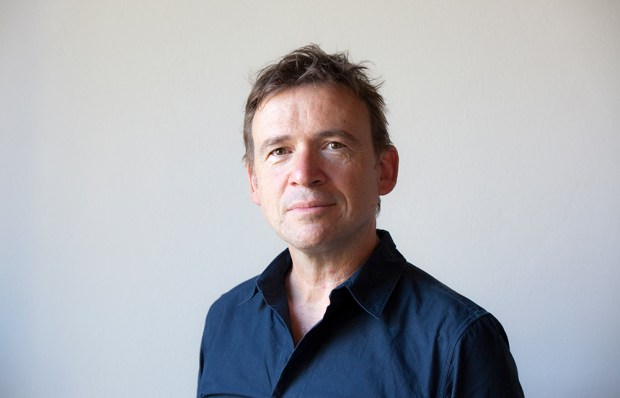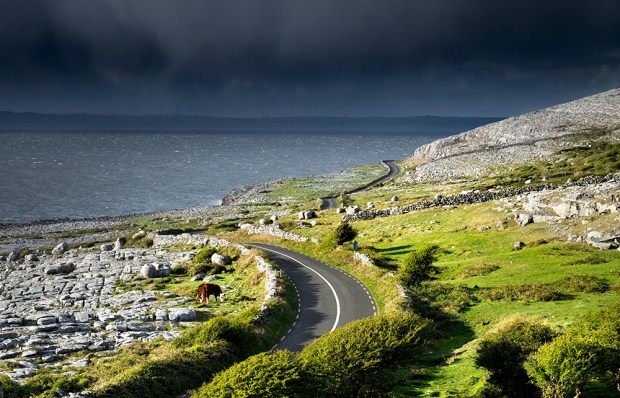What caught my eye towards the end of Look Again was this conversation between David Bailey and the shoe designer Manolo Blahnik. They are talking about a brief golden age, a perfect moment in their lives:
Blahnik: So sometimes I just have to sit down and say: ‘God, did all this happen?’ All the excitement, it doesn’t exist any more, maybe because I’m old.
Bailey:
Already a subscriber? Log in
Subscribe for just $2 a week
Try a month of The Spectator Australia absolutely free and without commitment. Not only that but – if you choose to continue – you’ll pay just $2 a week for your first year.
- Unlimited access to spectator.com.au and app
- The weekly edition on the Spectator Australia app
- Spectator podcasts and newsletters
- Full access to spectator.co.uk
Or
Unlock this article
You might disagree with half of it, but you’ll enjoy reading all of it. Try your first month for free, then just $2 a week for the remainder of your first year.














Comments
Don't miss out
Join the conversation with other Spectator Australia readers. Subscribe to leave a comment.
SUBSCRIBEAlready a subscriber? Log in